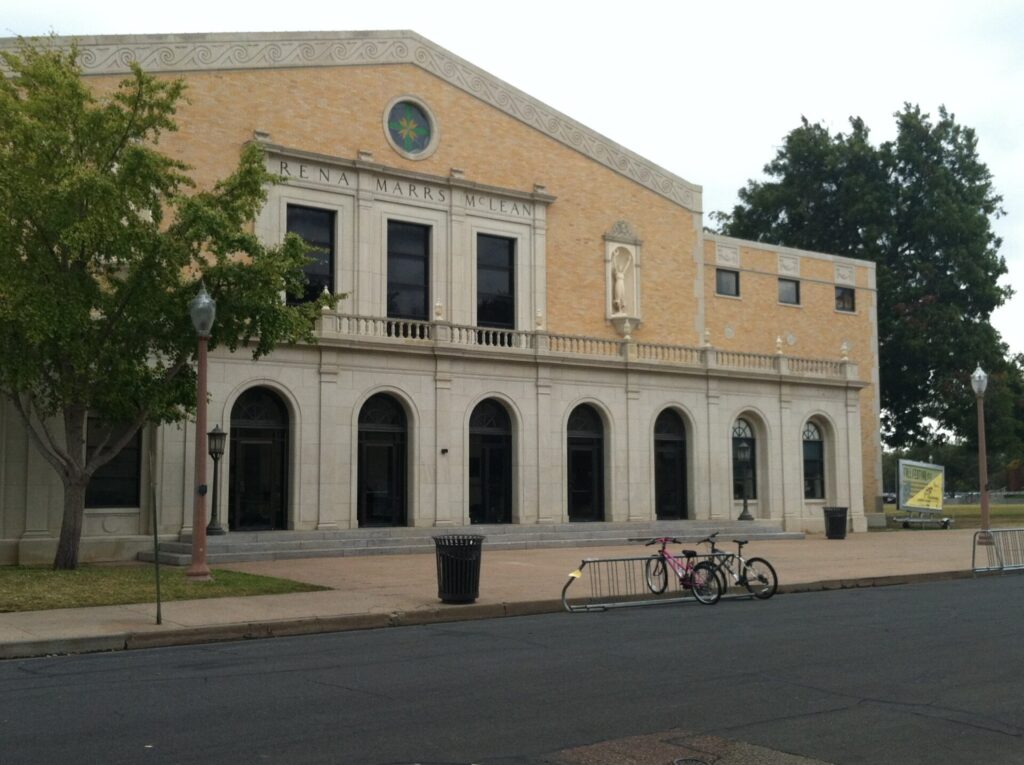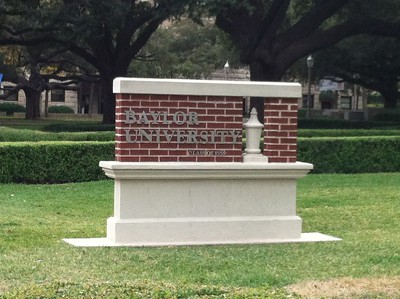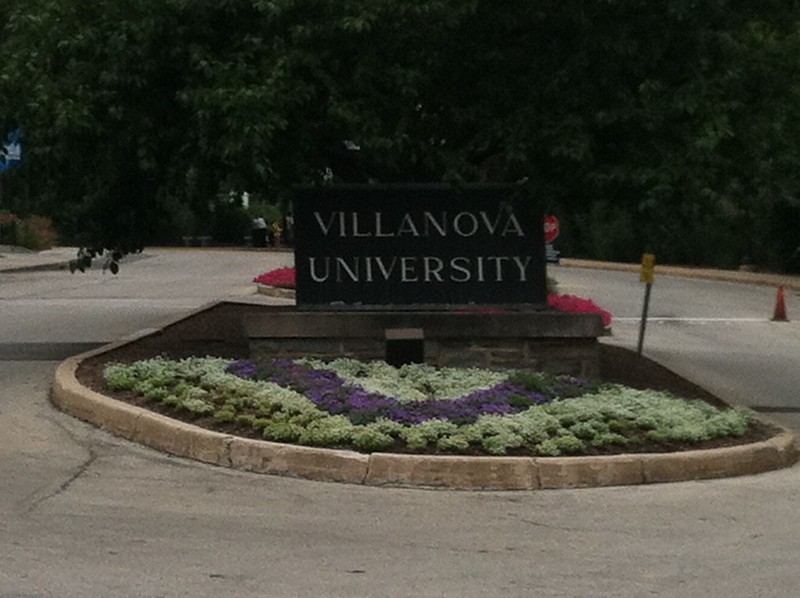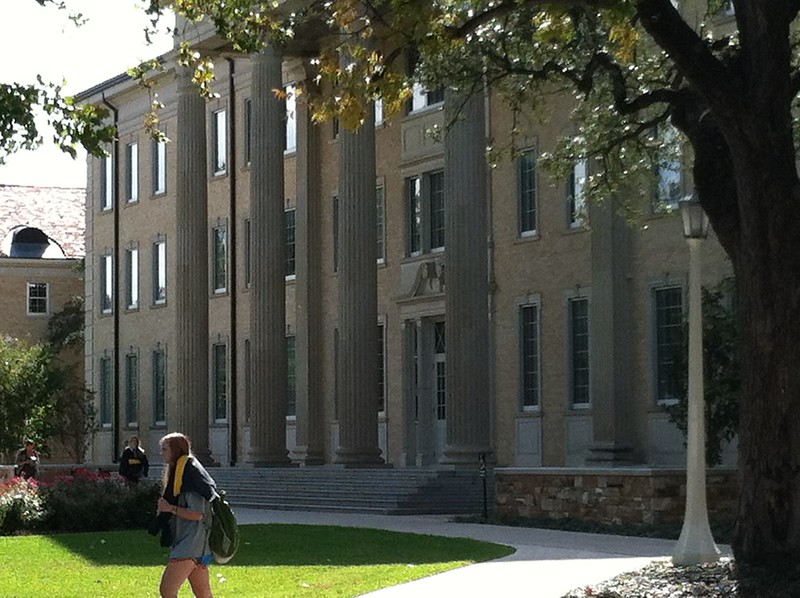
Baylor University is an institution that is older than Texas; it was founded in 1845, 10 months before Texas became a state. The architectural style of its 1000-acre campus near downtown Waco exhibits the gracious tradition of the Old South. Baylor is known for its Baptist tradition that fosters a strong sense of community among students and faculty.
Here are a few quick facts about Baylor:
Acceptance: 68%
Freshman retention: 91%
Freshmen out of state: 37%
Most popular majors: biology, nursing, accounting
4-year Graduation rate: 64%; 6-year: 79%
Student Community Diversity: 6% Black, 15% Latino, 3.3%% International
Housing: As could be expected on a conservative, religious campus, dorms are single sex and visitation privileges are limited. Upperclassmen tend to seek housing off-campus, which leaves 35% living in the dorms. In hopes of getting more students to stay on campus, Baylor has recently constructed 3 residence halls with apartment-style rooms. Students share that they feel safe on campus with the abundance of lighting and security patrolling.
Academics: Baylor undergraduates are required to take four English courses as well as four semesters of human performance. In addition, students will take two religion courses and two semesters of Chapel, which is a series of lectures and meetings focused on faith and Christian service. All students take a New Student Experience course in the fall of their freshman year. Class sizes are small to moderate with 52% of classes having fewer than 20 students.
Though known for their focus on the Christian faith, Baylor is breaking new ground in science with their research opportunities. These opportunities are made possible partly through Baylor’s large endowment fund. Students who are looking to have other experiential opportunities can be a part of the 17% who study abroad in programs in dozens of countries.
Similar colleges to consider: Texas A&M, UT Austin, Texas Tech, TCU
Social: With the majority of students living off campus, the social life at Baylor is active, but not a party scene. 18% of men and 33% of women “go Greek.” Baylor boasts more than 330 student organizations and most involve some type of community service.
The on-campus coffee shop hosts concerts most weekends. Going to the movies is another popular activity for Baylor students who can purchase movie tickets for $5. The most popular on-campus events are the weekly Dr. Pepper hour with free soda floats and the annual Dio del Oso (Day of the Bear), where classes are canceled for a day in April for a campus wide celebration. Christmas on 5th Street features Christmas tree lighting, concerts and other holiday festivities.
For the student who is looking for adventure off campus, popular road trips include Dallas, Austin, San Antonio as well as the beaches at Galveston, South Padre Island and Corpus Christi.
The Baylor Bears compete in Division I and Baylor is known for having the largest collegiate homecoming parade in the nation. The women’s basketball team has done very well with their streak of winning the Big 12 Conference. 43% of Baylor students participate in intramural and/or club sports, including the country’s largest dodgeball tournament. The McLane Student Life Center is also known for having the tallest rock-climbing wall in Texas.
Financial: Baylor offers both need-based and non-need based merit aid, as well as athletic scholarships. The average percent of need met is 68% with 14% being fully met. Although the tuition and fees are $70,000, the average financial aid package is $25,000. 95% of students receive some type of financial aid.











